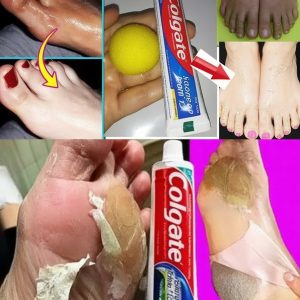
Our feet endure a lot of pressure each day. When swollen veins appear, discomfort often follows quickly.
This issue isn’t just about appearance—it can also be a sign of poor circulation. Understanding the causes and acting early can prevent the problem from worsening.
Why Veins in the Feet Can Swell
Several factors affect blood circulation. Standing for long periods, doing physically demanding work, or, conversely, leading a sedentary lifestyle can all disrupt venous return. Heat can also make the legs feel heavy and increase swelling.
For some people, genetics play a major role. A hereditary weakness in the vein walls can make them more prone to dilatation. Age is another factor—over time, blood vessels naturally lose elasticity and tone.
Women are often more affected, especially during pregnancy. Hormonal changes and pressure from the growing uterus on the circulatory system can lead to visible swelling. Certain medical conditions, such as chronic venous insufficiency or phlebitis, can also cause enlarged and painful veins.

An overly salty diet, dehydration, or excessive alcohol consumption can contribute to water retention, further inflaming tissues and making veins more noticeable.
How to Relieve and Prevent Swollen Veins
Adopting healthier daily habits can improve circulation and reduce discomfort. Walking regularly, even short distances, helps stimulate venous return. Avoid staying still for too long—whether sitting or standing—to maintain steady blood flow.
Elevating your feet for a few minutes each day helps blood flow back toward the heart. Alternating between warm and cool water in the shower can also tone the veins and refresh tired legs.
Wearing compression stockings or socks is another effective way to support blood vessels and limit swelling. They’re especially useful during long trips or periods of inactivity.
When it comes to diet, focus on antioxidant-rich fruits and vegetables to strengthen vein walls. Foods high in vitamin C and rutin—such as citrus fruits and buckwheat—help maintain vessel elasticity. Staying hydrated is equally important to keep the blood from thickening.

If you experience persistent pain, skin discoloration, or sudden one-sided swelling, it’s crucial to see a healthcare professional promptly. These symptoms could indicate a more serious condition requiring medical attention.
Small Habits, Big Results
Maintaining an active lifestyle, managing your weight, and avoiding excessive heat on the legs are simple yet effective steps. Prevention is all about consistency—the earlier these habits become part of your routine, the better the results.
Swollen veins in the feet aren’t inevitable. With daily care and a few mindful habits, you can restore comfort, lightness, and healthier circulation to your everyday life.




